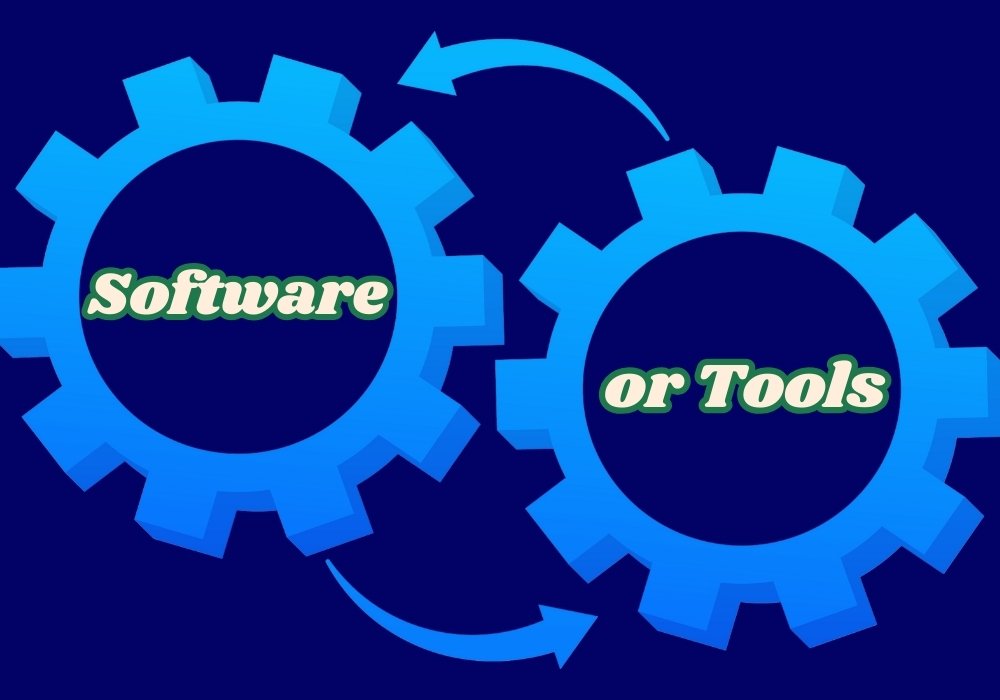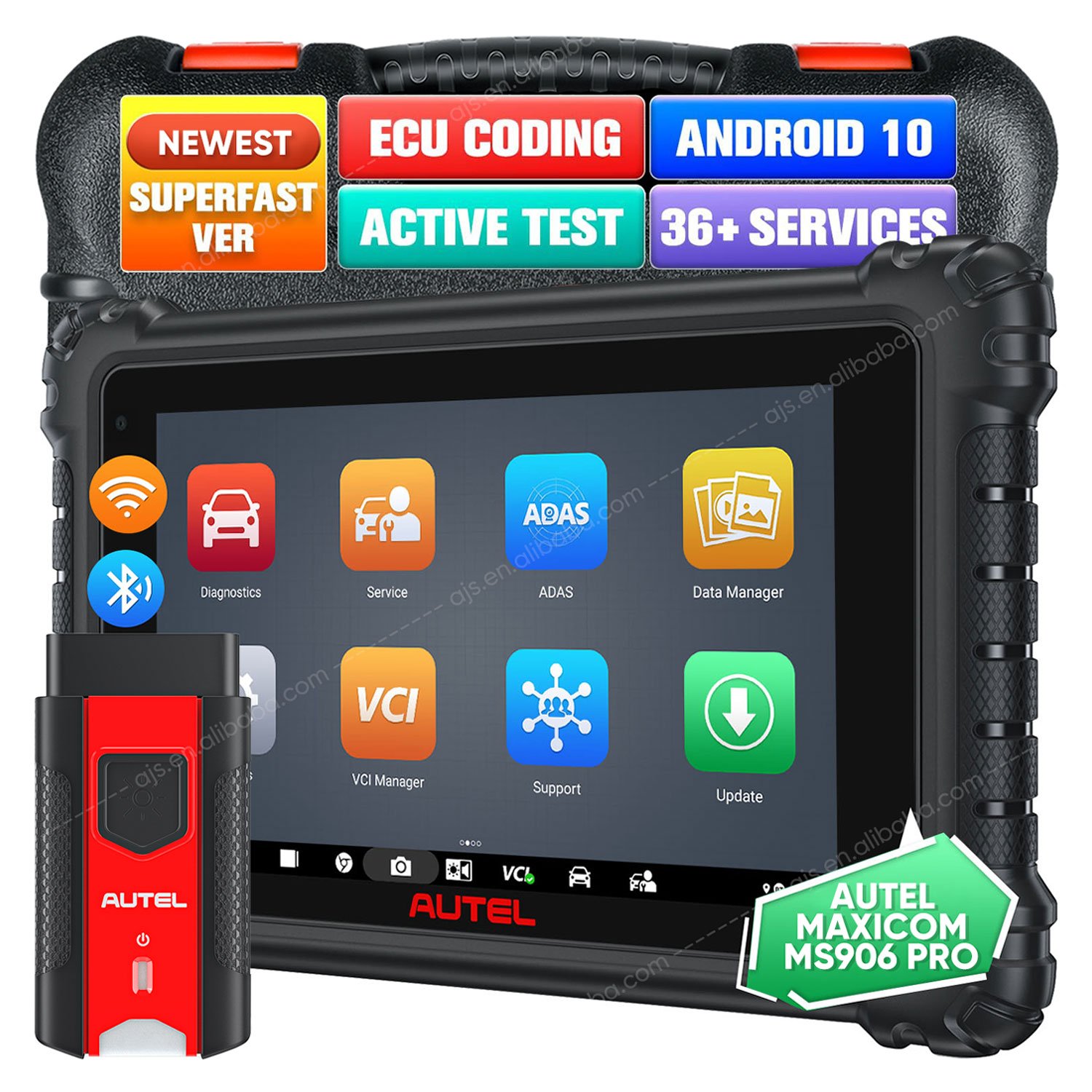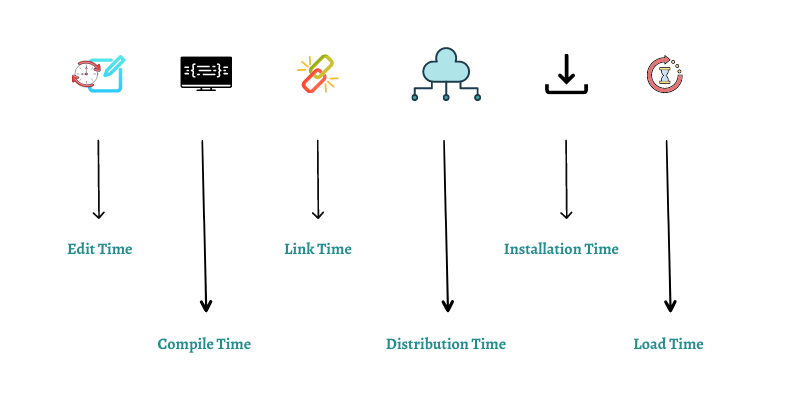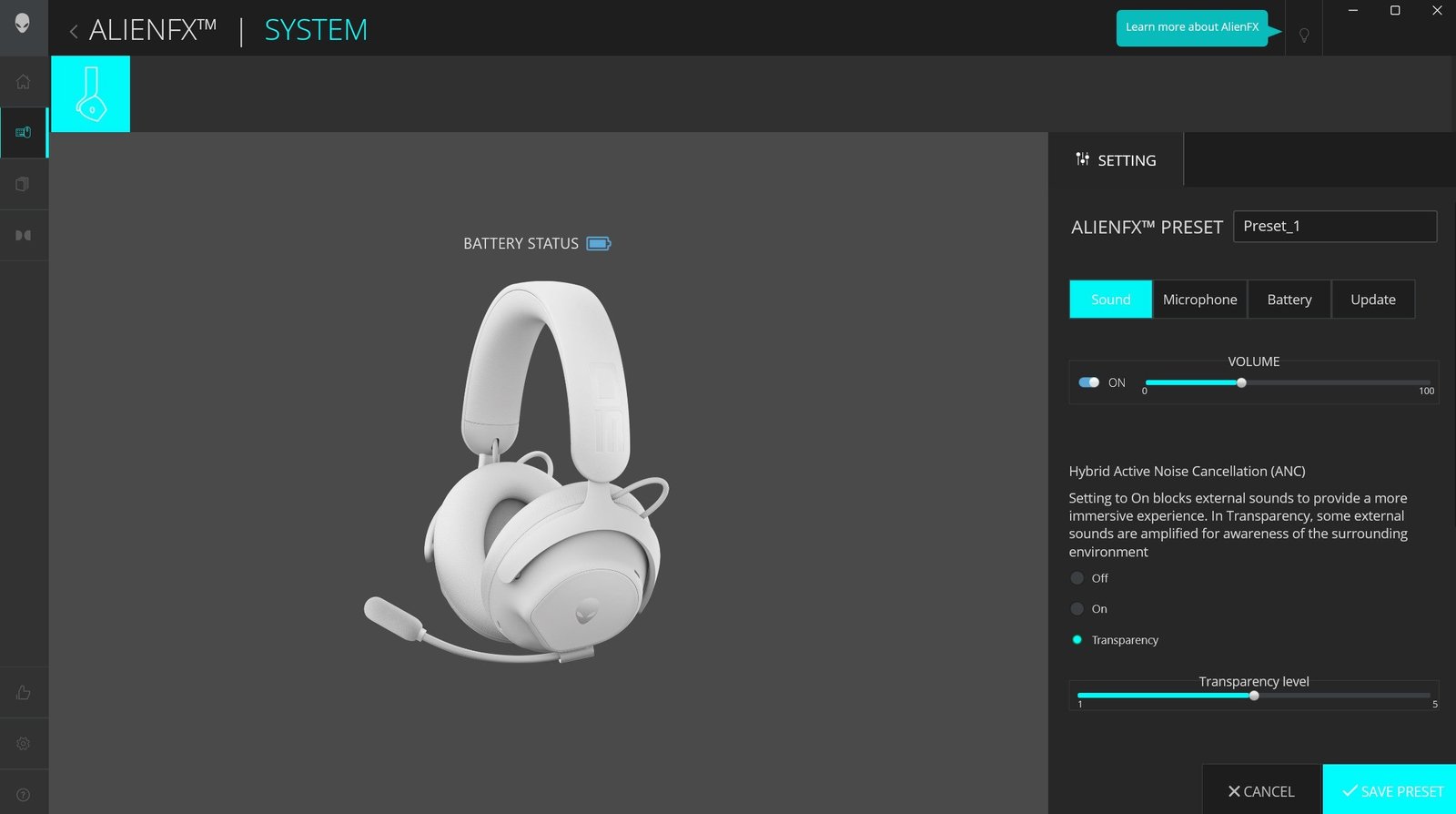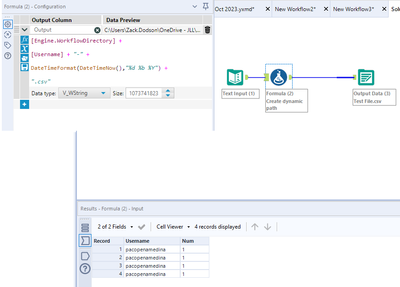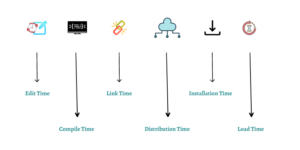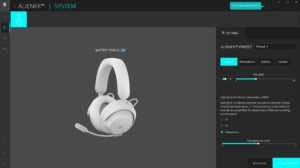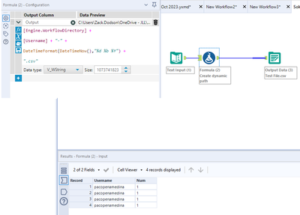To check the GM software history on an ECU, follow these steps. First, connect a compatible scan tool to your vehicle.
Then, access the ECU to view the software details. Understanding the software history of your GM vehicle’s ECU can be very important. It helps you know if the latest updates and fixes are installed. Knowing this can save you from potential issues and improve your vehicle’s performance.
In this guide, we will walk you through the steps to check the software history on your GM ECU. Whether you’re a car enthusiast or just want to keep your vehicle in top shape, this information is valuable. Let’s get started.
Introduction To Ecu Software History
Discover how to check GM software history on your ECU. Learn the steps to access and review the software details. Ensure your vehicle’s ECU is up-to-date and functioning properly.
Understanding the history of the software in your vehicle’s ECU is important. The ECU, or Engine Control Unit, controls many functions of your car. By knowing its software history, you can ensure the car runs smoothly. This history provides insights into updates and potential issues.
What Is Ecu?
The ECU is the brain of your car. It manages engine functions. It monitors and controls various systems. This includes fuel injection, ignition timing, and emissions. The ECU ensures the car operates efficiently. It receives data from sensors and makes real-time adjustments.
Importance Of Software History
Software history of the ECU is crucial. It shows past updates and changes. This helps in diagnosing issues. Knowing the software history can aid in troubleshooting. It helps mechanics understand previous problems and fixes. This knowledge can prevent future issues. It ensures the ECU is running the latest software. This can improve performance and fuel efficiency. “`

Credit: www.amazon.com
Tools You Need
Checking the GM software history on your ECU requires specific tools. These tools help you diagnose and update your vehicle’s software efficiently.
Diagnostic Tools
First, you need an OBD-II scanner. This device reads data from your car’s ECU. It connects to the diagnostic port, usually found under the dashboard. A laptop or a tablet with the necessary software is also essential. Some scanners come with their own software, while others may need additional programs.
Software Requirements
The right software is crucial for accessing the ECU’s software history. General Motors provides specific software tools for this purpose. You might need to download this software from their official website. Ensure your laptop or tablet meets the software’s system requirements. Regular updates to the software are also important to maintain its efficiency.
Preparing Your Vehicle
Before diving into checking the GM software history on your vehicle’s ECU, it’s crucial to prepare your vehicle properly. Proper preparation ensures a smooth process and avoids any potential issues. This section will guide you through the necessary steps to get your vehicle ready.
Safety Precautions
Always prioritize safety before working on your vehicle. Wear protective gloves to avoid any injuries. Ensure the vehicle is parked on a flat, stable surface. Engage the parking brake to prevent any movement. Disconnect the battery to avoid electrical shocks. Take your time and follow these precautions carefully.
Initial Checks
Start with a visual inspection of your vehicle. Look for any obvious issues such as loose wires or damaged components. Ensure all connections are secure and in good condition. Check the battery for any signs of corrosion or wear. Make sure you have all necessary tools and equipment ready. This includes a scanner or diagnostic tool compatible with GM vehicles. Being prepared will make the process smoother and more efficient.

Credit: www.amazon.com
Accessing The Ecu
Accessing the Engine Control Unit (ECU) is crucial for maintaining your vehicle. The ECU controls many functions of the car. Knowing how to check its software history can prevent issues. It can also improve performance. Below, we guide you through the steps to access your ECU.
Connecting Diagnostic Tools
First, gather the necessary diagnostic tools. You need an OBD-II scanner. This tool connects to the car’s diagnostic port. Usually, the port is under the dashboard.
Once you locate the port, plug in the scanner. Turn on the ignition. Wait for the scanner to power up. It will start reading data from the ECU.
Navigating The Interface
Now, it is time to navigate the scanner’s interface. Each scanner has a different layout. Yet, the basic steps are similar. Use the main menu to find the ECU option. Select it to access the ECU’s data.
Look for an option labeled software history. This option shows you all the past updates and changes. Reviewing this history helps you understand any issues. It can also tell you if your software is up to date.
Here is a simple table to recap the steps:
| Step | Description |
|---|---|
| 1 | Gather diagnostic tools |
| 2 | Locate and connect to the diagnostic port |
| 3 | Turn on the ignition |
| 4 | Navigate the scanner’s interface |
| 5 | Access ECU and check software history |
Following these steps helps you access and review your ECU’s software history easily. Keeping your ECU updated ensures your car runs smoothly. It also helps you avoid unexpected problems.
Checking Software History
Understanding the software history of your GM vehicle’s ECU (Engine Control Unit) is essential. It helps diagnose issues and ensure optimal performance. This guide will walk you through the steps for checking the software history.
Reading Data
To read the data from your GM vehicle’s ECU, you need an OBD-II scanner. Follow these steps:
- Plug the OBD-II scanner into the vehicle’s diagnostic port.
- Turn the ignition to the “on” position without starting the engine.
- Access the scanner’s menu and select “Read Codes” or “Vehicle Information.”
- Look for the option to view the ECU software history.
The scanner will display a list of software versions and update dates. Note these details for further analysis.
Interpreting Results
Once you have the software history, interpreting the results is the next step. Here are some key points to consider:
- Version Numbers: Higher numbers usually indicate newer updates.
- Update Dates: Check if updates are recent or overdue.
- Consistency: Ensure there are no missing updates.
Compare the software versions with the manufacturer’s recommendations. If you find outdated software, consider an update to improve vehicle performance.

Credit: www.ebay.com
Troubleshooting And Updates
When checking GM software history on an ECU, troubleshooting and updates are key steps. Identifying common issues can save time. Performing updates ensures the system runs smoothly. This guide will help you manage these tasks with ease.
Common Issues
You might encounter several issues with your ECU. The most common one is communication errors. These errors happen due to poor connections or faulty cables. Another issue is outdated software. Old software may cause performance problems. Sometimes, the ECU might not respond. This can be due to a corrupted software file. Recognizing these issues early is important. It can prevent larger problems later.
Performing Updates
Updating the ECU software is essential. It keeps the system running efficiently. First, you need to connect the ECU to a computer. Use a reliable diagnostic tool for this task. Next, check for the latest software version. Download it from the official website. Follow the instructions carefully. Ensure the connection remains stable during the update. Once the update is complete, restart the ECU. This ensures the new software installs correctly.
Regular updates improve the ECU’s performance. They also fix bugs and enhance features. Keeping the software current is a simple yet effective step. It ensures your vehicle operates smoothly.
Frequently Asked Questions
How To Check Gm Software History On Ecu?
To check GM software history on an ECU, you need a compatible OBD-II scanner. Connect it to the vehicle’s diagnostic port. Access the ECU menu and navigate to the software history section.
What Tools Are Needed To Check Ecu History?
You need an OBD-II scanner compatible with GM vehicles. Ensure the scanner has the capability to read ECU software history.
Can I Check Ecu History Without A Scanner?
No, you cannot check ECU software history without an OBD-II scanner. The scanner is necessary to access the ECU data.
Is It Safe To Check Ecu Software History?
Yes, it is safe to check ECU software history. It only retrieves data and does not modify or affect ECU functions.
Conclusion
Checking GM software history on your ECU is simple and essential. It helps ensure your vehicle runs efficiently. Follow the steps provided to access and understand your ECU’s history. Regular checks can prevent potential issues. Stay informed about your car’s software updates.
This knowledge can save time and money. Remember, a well-maintained car performs better. Keep your ECU’s software updated for optimal performance. Thank you for reading. Drive safe!
How to Check GM Software History on ECU
